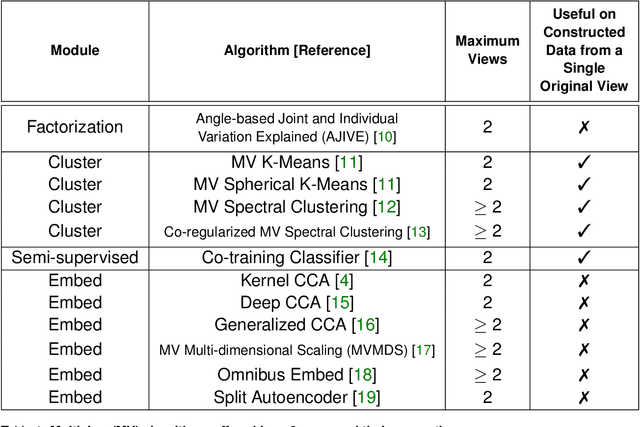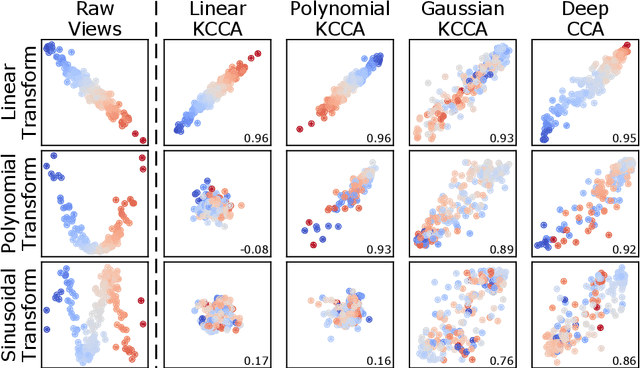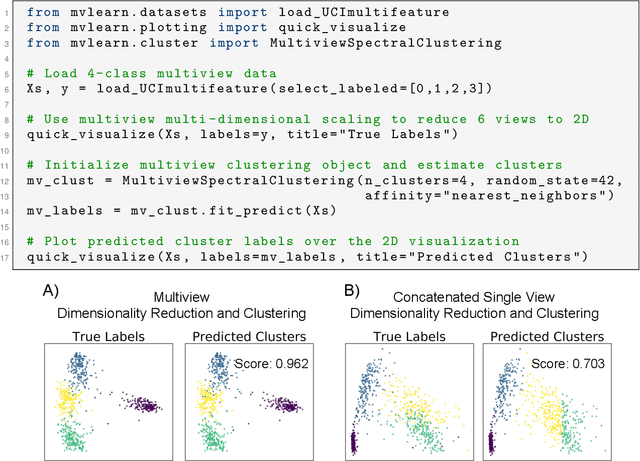Alexander Chang
Anomaly Detection in Cybersecurity: Unsupervised, Graph-Based and Supervised Learning Methods in Adversarial Environments
May 14, 2021


Abstract:Machine learning for anomaly detection has become a widely researched field in cybersecurity. Inherent to today's operating environment is the practice of adversarial machine learning, which attempts to circumvent machine learning models. In this work, we examine the feasibility of unsupervised learning and graph-based methods for anomaly detection in the network intrusion detection system setting, as well as leverage an ensemble approach to supervised learning of the anomaly detection problem. We incorporate a realistic adversarial training mechanism when training our supervised models to enable strong classification performance in adversarial environments. Our results indicate that the unsupervised and graph-based methods were outperformed in detecting anomalies (malicious activity) by the supervised stacking ensemble method with two levels. This model consists of three different classifiers in the first level, followed by either a Naive Bayes or Decision Tree classifier for the second level. We see that our model maintains an F1-score above 0.97 for malicious samples across all tested level two classifiers. Notably, Naive Bayes is the fastest level two classifier averaging 1.12 seconds while Decision Tree maintains the highest AUC score of 0.98.
mvlearn: Multiview Machine Learning in Python
May 25, 2020


Abstract:As data are generated more and more from multiple disparate sources, multiview datasets, where each sample has features in distinct views, have ballooned in recent years. However, no comprehensive package exists that enables non-specialists to use these methods easily. mvlearn, is a Python library which implements the leading multiview machine learning methods. Its simple API closely follows that of scikit-learn for increased ease-of-use. The package can be installed from Python Package Index (PyPI) or the conda package manager and is released under the Apache 2.0 open-source license. The documentation, detailed tutorials, and all releases are available at https://mvlearn.neurodata.io/.
 Add to Chrome
Add to Chrome Add to Firefox
Add to Firefox Add to Edge
Add to Edge